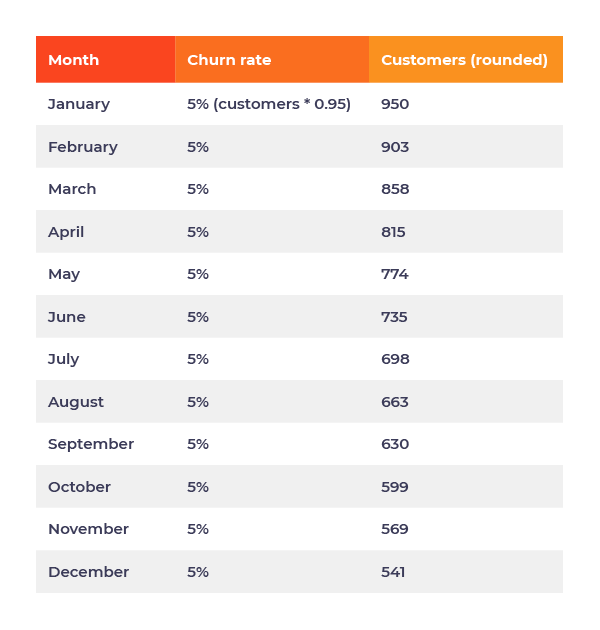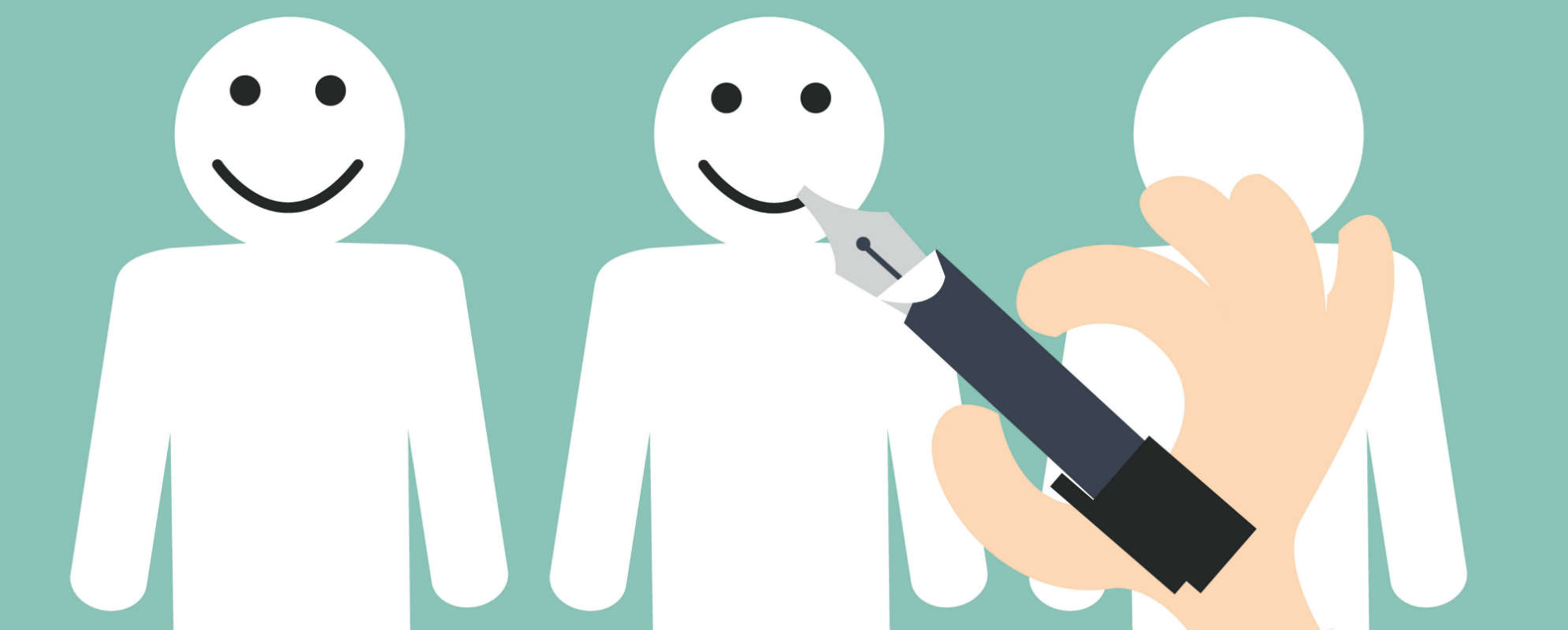
Get weekly
HubSpot updates
I’ve got bad news for you: you’re going to lose customers. Every year, forever.
It doesn’t matter how good your software is, how much value for money it represents or how much effort you put into retention. For one reason or another, some of your customers will end their subscription to your SaaS product.
And that’s okay. After all, you’re awesome, right? You’re going to be bringing in new users all the time, so as long as your churn rate is manageable, you’re still going to grow. But what’s too high when talking about churn rate for SaaS?
The difference between monthly and annual churn
The generally accepted SaaS churn rate benchmark is 5%, but to be honest it’s hard to identify what ‘normal’ looks like. First of all, SaaS companies report churn in different ways.
Some will look at revenue churn and others user churn, while it isn’t always clear whether they are talking about monthly or annually.
Here’s a quick maths lesson: 5% monthly churn does not also equate to a 5% annual churn.
In fact, the difference is huge. Let’s look at an example.
Let’s say you have 1,000 SaaS users. A 5% annual churn is 50 customers leaving over a 12 month period. That’s pretty manageable when you consider new acquisitions.
However, a 5% monthly churn compounds over the course of the year.

A 5% monthly churn will lead to a massive 45.9% annual churn.
What does the industry say about SaaS churn rate?
Well, mixed things actually.
- According to the 2016 SaaS Metrics Report, over two thirds (64%) of respondents saw annual churn rates of 10% or less. Churn of 10-15% was reported by 17% of those surveyed, while almost one fifth (19%) reported churn exceeding 15%.
- According to Recurly Research, the average churn across both B2C and B2B is 5.6%. Breaking that down, B2B organisations reported a churn of 5% versus 7.05% for B2C.
- A more up to date study, Zuora’s 2019 Subscription Economy Index (gated), reports a low end customer churn of 16.2% (for business services) against a high end rate of 37.1% (for media).
Why SaaS churn is so variable
“Cmon, John. Just tell us what the average SaaS churn rate is so we can all go home.”
- Everyone reading this blog
You may be noticing that there isn’t really a ‘typical’ churn rate for SaaS. But why is that?
Well, every company is different, and every industry is different.
Churn rate can be affected by your pricing structure, whether or not you tie customers into a contract or how long the user expects to wait until seeing a tangible benefit from the product.
We saw above how churn rate can vary quite a lot between B2B and B2C. This makes sense when you consider the buyer’s journey of the respective groups. Businesses take much longer to decide on whether to make an investment, while it also takes longer to decide on ending a subscription to a service and trying something new.
On the other hand, consider someone thinking about signing up to Netflix. It’s a much easier initial decision to make, but equally they don’t need to take very long to decide to cancel the subscription if they don’t find enough interesting stuff to watch.
